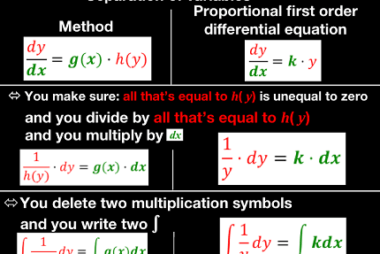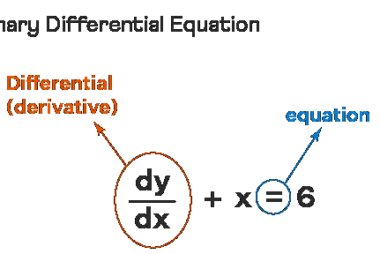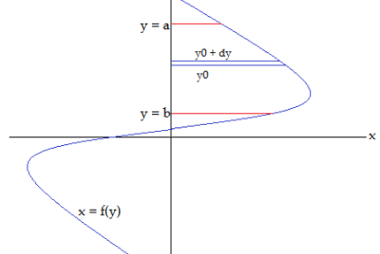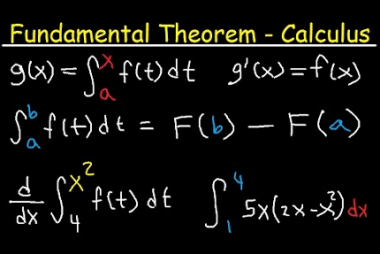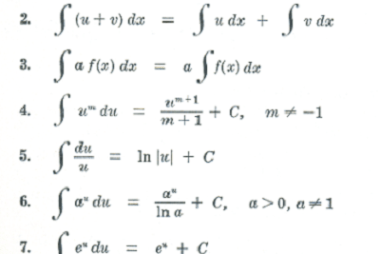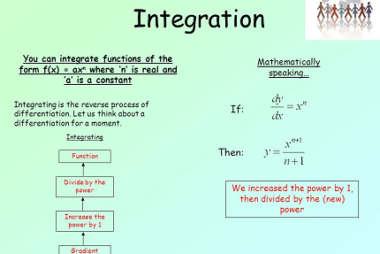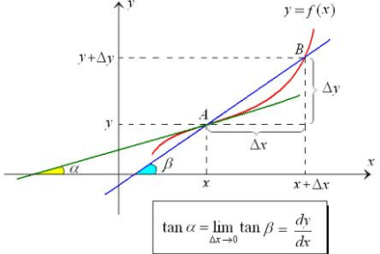Separation of variables method
Separation of variables is a method used to solve certain types of differential equations. The method involves assuming that the solution to the differential equation can be expressed as a product of two functions, each of which depends on only one of the variables in the equation. For example, consider the partial differential equation: ∂u/∂t…
